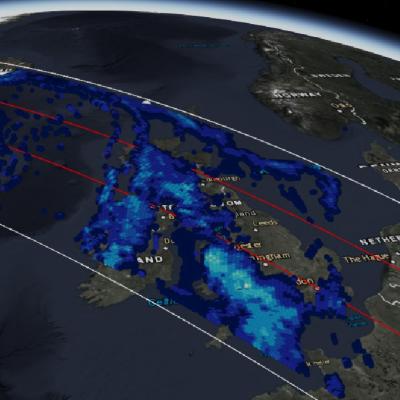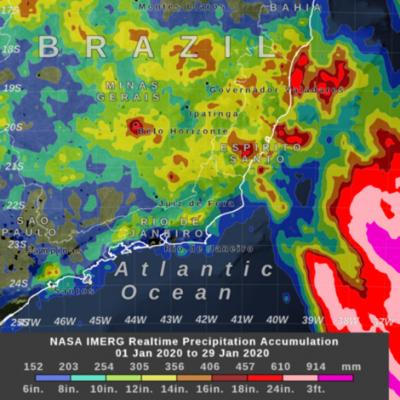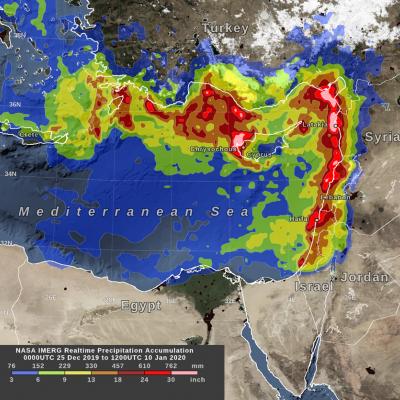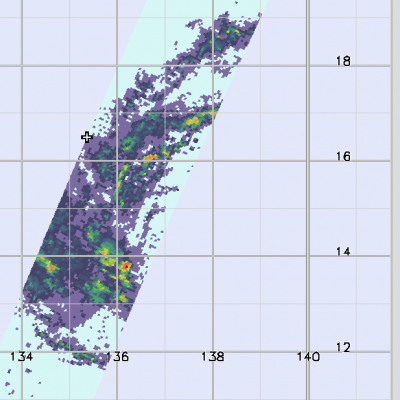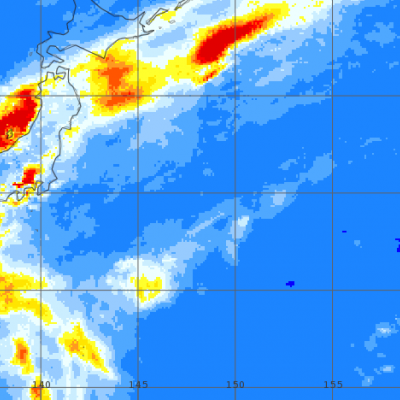Heavy Rain Leads to Flooding in Brazil
UPDATE 2/12/2020: An extended IMERG analysis of rainfall in Brazil shows even more extreme rainfall occurring in the first weeks of February, with large regions experiencing rainfall totals over 18 inches since the start of 2020. According to local authorities, the region has already received 98% of the rainfall that is typically expected to fall during all of February. UPDATE 1/30/2020: During January 2020, parts of the Brazilian states of Minas Gerais and Espirito Santo experienced above average rainfall, causing deadly floods in the region. Part of the month's heavy rainfall came from a


